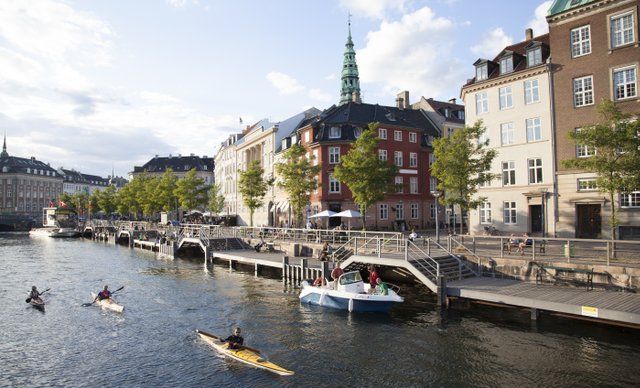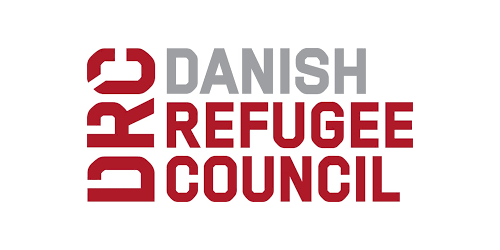The number of asylum seekers travelling to Denmark in 2013 is expected to be the highest in 12 years and opposition parties say the reason for the influx is the government’s introduction of more humanitarian living conditions.
According to the Justice Ministry, the number of migrants applying for asylum in Denmark is expected to rise above 7,000, the highest number since 2001 when over 12,000 applied.
Both Dansk Folkeparti (DF) and Venstre blame the rise on the government’s improvement of living conditions for asylum seekers. These include the right to live and work outside asylum centres after six months as long as the applicant demonstrates a willingness to co-operate with repatriation if their application fails.
“We are reaching the same level that we experienced before Dansk Folkeparti and the right-wing coalition government tightened the asylum rules, and it is proof that the government has given up on trying to control asylum,” Martin Henriksen, DF's immigration spokesperson, told Kristeligt Dagblad. “We are once again going to receive a lot of asylum seekers who will be hard to integrate into the Danish society.”
When the government took power in 2011, it also abolished starthjælp, a benefit given to immigrants and successful asylum applicants who could not provide for themselves during their first years in Denmark.
Starthjælp was a very small benefit and critics argued that it trapped recipients in poverty instead of providing an incentive for them to find work, which was its stated cause.
Opposition leaders Venstre, which during its ten-year reign tightened immigration regulation and introduced starthjælp, argues that there is a direct link between the rise in applicants and the current government’s policies.
“It’s been ten years since Denmark received as many asylum seekers as today,” the party wrote on Facebook. “Venstre thinks that it is a worrying trend and the result of the government’s easing of asylum policies that include the abolition of starthjælp.”
But asylum applications are not only rising in Denmark. The whole of Europe has witnessed an increase in the number of applications since 2006.
These numbers have risen even more sharply after the Arab Spring uprisings and the ongoing instability in Afghanistan and Somalia. Between 2010 and 2011, the latest statistics available from Eurostat, the number of applicants in the EU rose by 17 percent to 302,445 asylum seekers.
Trine Bramsen, the immigration spokesperson for government coalition leaders Socialdemokraterne, criticised the attempt to tie rising asylum numbers to the government’s policies.
“We have not changed the conditions for being granted asylum and the numbers are only an expression of the increase in refugees in 2012 and 2013,” Bramsen told Kristeligt Dagblad. “It’s quackery to blame this tragic development on the abolition of starthjælp.”
While the number of asylum applications in Denmark jumped by 61 percent between 2011 and 2012, the number of successful applicants only rose by 15 percent to 2,858 people.















